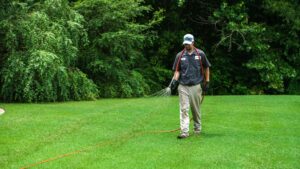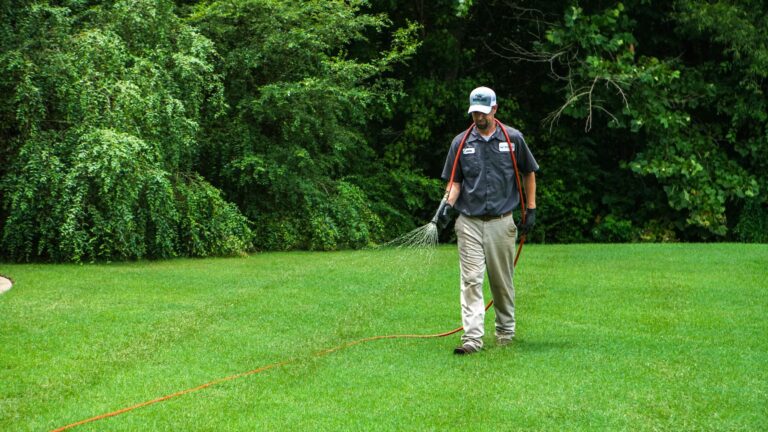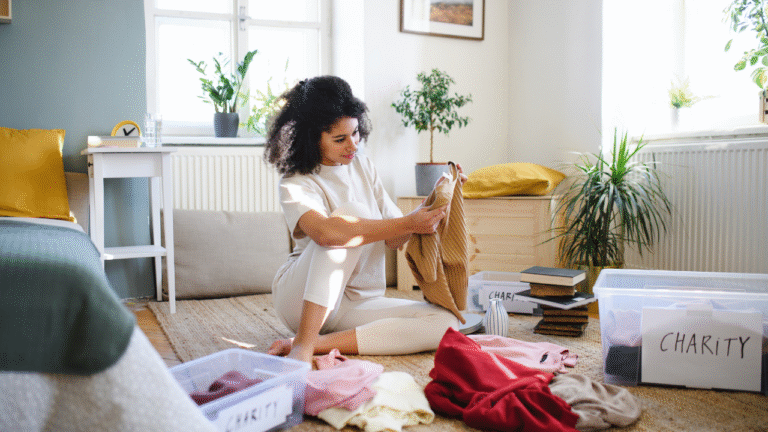The gardener’s hands are the most often utilised tools in the garden. We wear gardening gloves to protect them from thorns, pesticides, and the necessity for regular manicures. When it comes to gardening gloves, there are two questions to consider. What will you be doing with the gloves, and do they fit well enough to provide your hands with flexibility and control?
Leather, cotton, latex, neoprene, synthetic materials, or a mix of textiles may be used to make gardening gloves. The method of washing depends on the material of the gloves. While no true gardener has immaculately clean gloves, you should properly wash gardening gloves after handling pesticides or sick plants to avoid the spread of the issue and to make the gloves survive.
How to Clean Latex Garden Gloves?
Gardening gloves made of latex, neoprene, nitrile, or PVC are perfect for handling fertilisers, insecticides, or herbicides. Do not wash with other gloves if used to disperse chemicals.
Gloves for Pre-Rinsing
Hold the gloves under a stream of cold water from a yard hose or utility sink while still wearing them.
Clean the Gloves
While wearing the gloves, wash them with a bar of soap or a few drops of dishwashing detergent. To gently clean difficult stains, use a soft-bristled nylon brush.
Clean the Gloves
Remove the gloves and thoroughly clean the exterior and interior with cold water.
Allow to air-dry
Hang the gloves by the fingers on a clothes drying rack or an outside clothesline to dry. If the gloves do not dry fast, mildew might grow on the inside. Once the exterior of the gloves has dried, flip them inside out and give further time for the interior to dry before storing them.
How to Clean Leather Garden Gloves?
Leather gardening gloves provide the best protection for heavy tasks such as lifting stones or cutting prickly bushes, but they are not as useful for tasks that need agile fingers.
Loose Soil Must Be Removed
Remove any loose dirt with a soft-bristled brush. Allow the gloves to dry before brushing away the dirt if they are moist and muddy.
Use Saddle Soap to Clean
Leather gloves should be cleaned with a mild leather soap (saddle soap or Castile soap). Regular washing detergent should not be used.
Use a washcloth to apply the saddle soap in gently circular strokes. As the dirt is transferred, keep moving to a clean part of the cloth. After cleaning the full surface of the gloves, dampen a clean washcloth and wipe away the soap.
Allow the gloves to air dry out of direct sunlight or heat.
Leather Gloves Should Be Conditioned
After washing, the leather should be conditioned to keep it smooth and supple. After the gloves have dried, treat them with linseed oil or a professional leather conditioner. Apply the oil or conditioner to the gloves using a soft, dry washcloth and gently massage it in. Allow the gloves to dry completely before storing them.
Repairs
While minor holes in cotton or synthetic knit gloves may be fixed with a needle and thread, they cannot be repaired in latex or leather gloves. It is preferable to change them in order to safeguard your hands.
Storage
To avoid mildew, make sure the gloves are completely dry before keeping them in a dry, conditioned location.




















